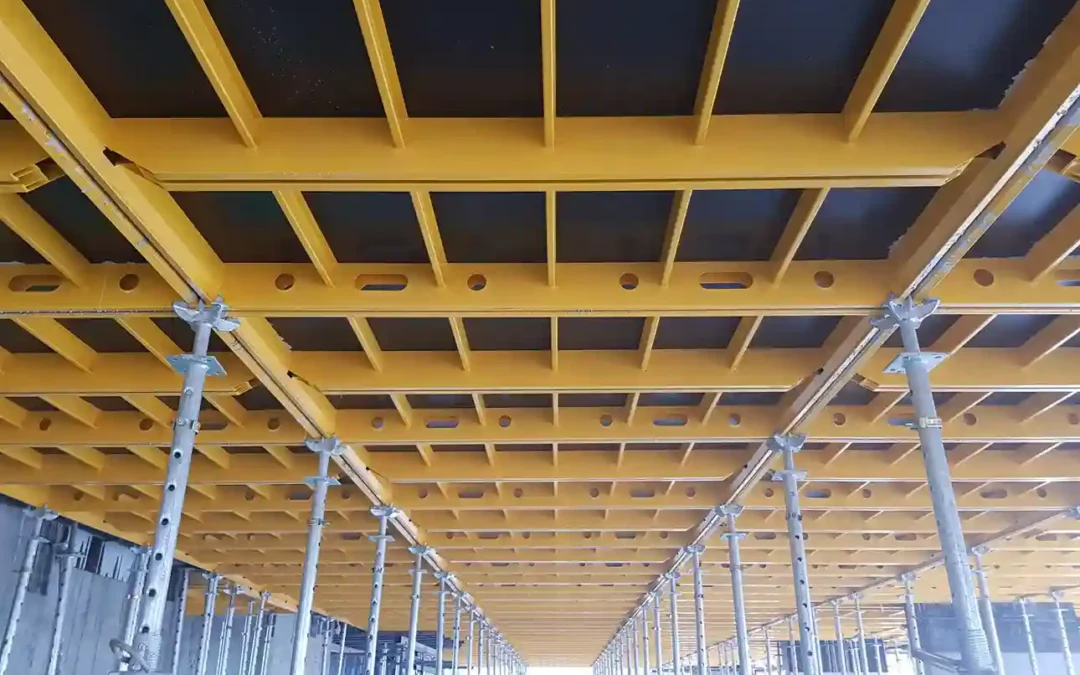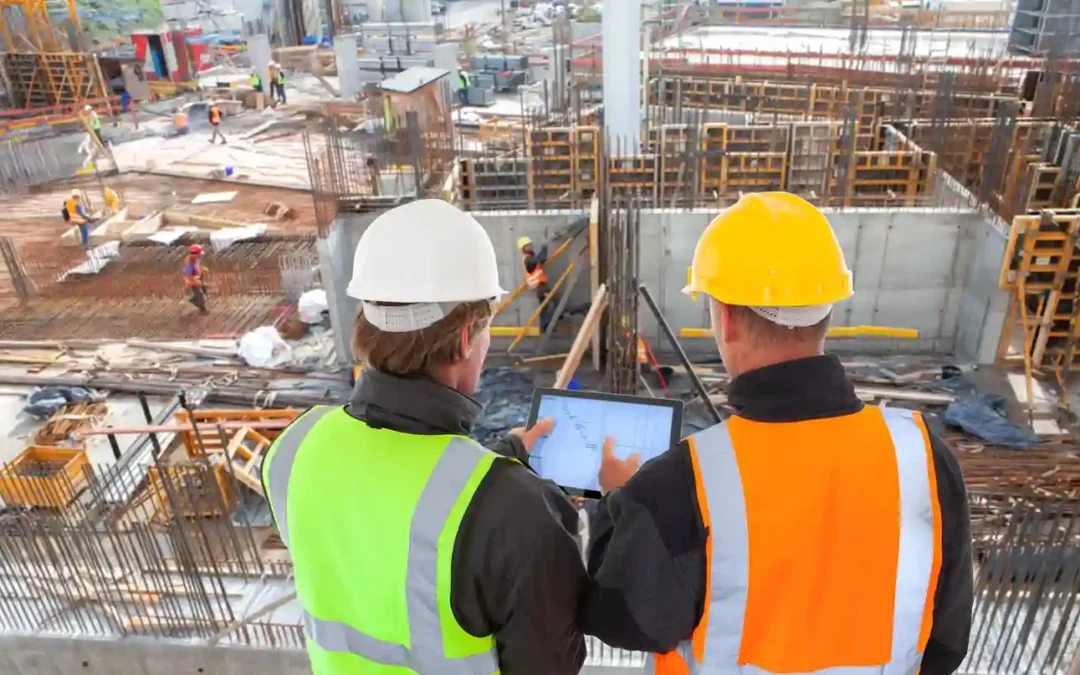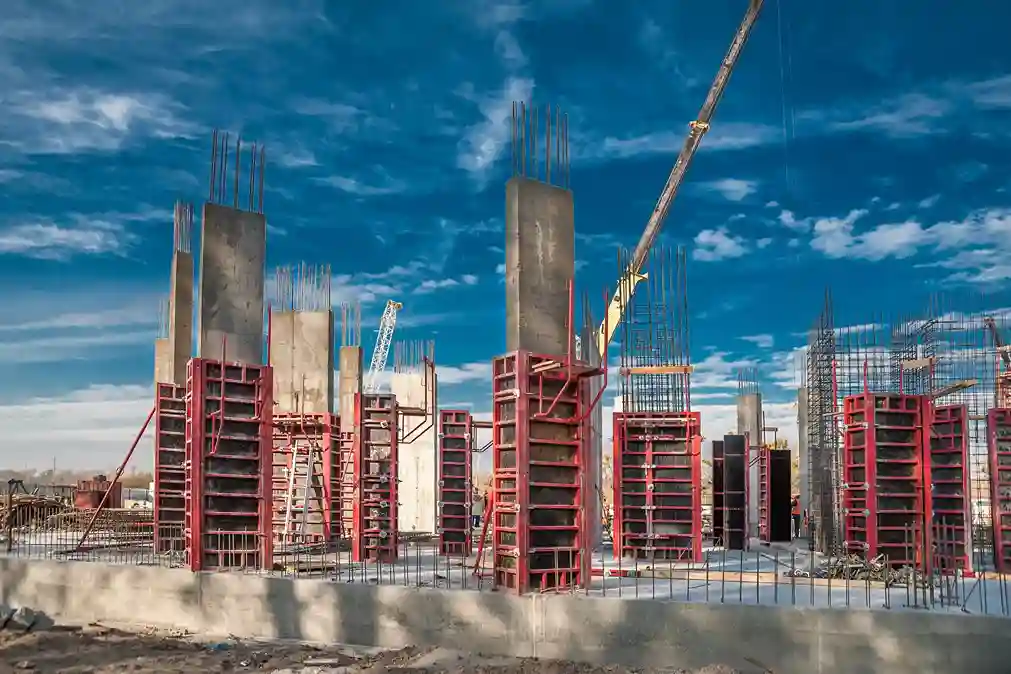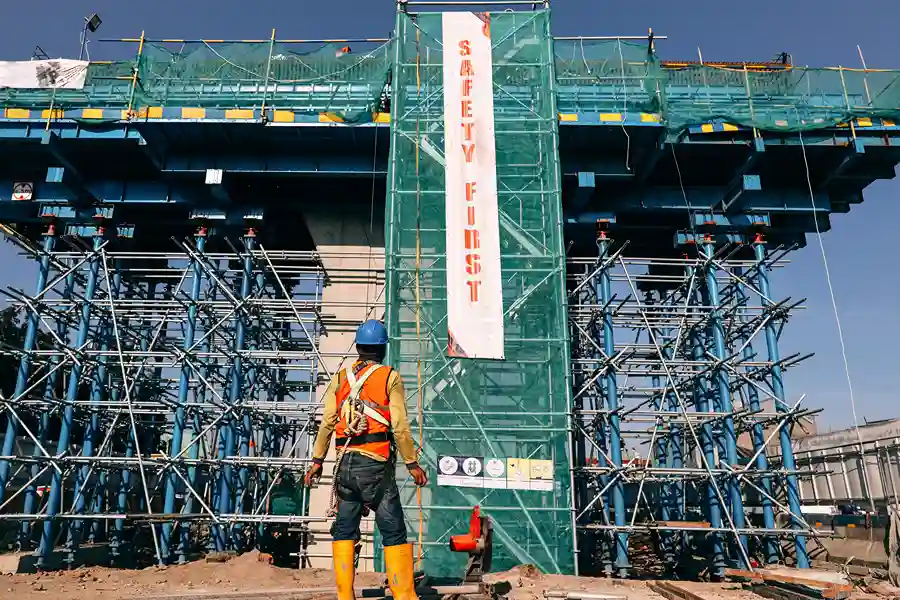Beyond the Blueprint: How Early Formwork Collaboration Can Transform Your Project

Nothing has the power to leave a destructive, beautiful idea in the dust quite like the sweet release of pouring concrete. In their eagerness to transition from ideas to construction, developers and investors discover a critical dysfunction—late-stage formwork misalignment with engineering specifications, compromised buildability, and project budgets pushed to as yet unused limits. Whether it’s misaligned core walls or expensive reworks, such setbacks not only extend timelines but also rattle investor confidence, escalate holding costs and pave the way for disputes between contractors, consultants and clients. For operators in Australia’s fast-moving property market, where every day delayed can mean thousands of dollars down the drain, avoiding such pitfalls is not only best practice — it’s key.
This is why the conversation about formwork must shift. Formwork too often finds itself treated as the back end of thinking — something to be solved once the large design decisions are related. But the truth is, it should be front and centre from day one. Welcome to the under-discussed, often underestimated, yet absolutely mission-critical world of formwork design and strategy—and why joining forces with expert partners such as Future Form is no longer a nice-to-have but a must-have strategic advantage. Through decades of high-rise formwork experience across Sydney, Melbourne, Brisbane and beyond, Future Form adds a layer of foresight that turns complexity into clarity. We embed formwork insights early in the planning process, ensuring that visionary projects don’t simply look good—they stack.
The Hidden Costs of Late-Stage Formwork Adjustments
In most projects, formwork is an afterthought, a detailed component to be decided after the design is complete. Sadly, this comes at a heavy cost. Think of a tower in Sydney’s CBD, where late-stage changes to the formwork resulted in misaligned core walls and expensive changes to the design. Once construction started, mismatches between the approved jumpform system and the design of the building were revealed. The consequences? Weeks of delays, extended equipment hire and friction among stakeholders that could threaten investor confidence.
Likewise, in Brisbane, an early-stage, mixed-use project experienced significant delays as early-stage considerations were missed, resulting in conflicts between slab penetrations and post-tensioning cables. The subsequent rework proved costly and came with a certain amount of delay, problems that could have been avoided by an early formwork engagement.
These true stories are representative of common problems in Australian construction. In an industry where every day counts, and where delays lead to mounting costs, treating formwork as an afterthought is simply not an option.
Why Early Involvement in Formwork Planning Is a Game-Changer
A Cleaner Vision and Easier Process
At the earliest stages of a project, when planning is already underway and decisions are being made about methods and materials to be used, incorporating formwork considerations allows for collaboration with architects, engineers and developers from day one. This collaboratively driven approach converts potential obstacles into innovation opportunities. When construction teams identify risks early, they can adjust the design and construction sequence to improve efficiency and ensure the final structure reflects both design intent and structural integrity.
The earliest formwork staff is introduced to address key factors like vertical structure sequencing, load path optimisation, and the core wall design. Not only does this level of foresight reduce rework; it uplifts safety and compliance with Australian construction standards.
Reducing Uncertainty and Maximising Efficiency
The sooner the parties collaborate, the sooner potential problems can be pinpointed — problems that may not be realized until the concrete is already flowing. In one instance, early intervention in the formwork on a high-rise residential project allowed stakeholders to align the formwork system with design requirements to save significant time and money. All of these changes are calculated, from column layout to crane utilisation, all are designed to ensure that the entire build process is as efficient as possible.
For Australian construction projects, where market conditions and skilled labour availability play a critical role, preparation is everything. Saving even a few days on-site can reduce holding costs significantly. This is not just a technical adjustment—it’s a business strategic decision that can drive overall return on investment.
A Case Study In Early Intervention at The Langston, Epping
One example of case study in landmark residential development in Epping, New South Wales is The Langston. There were a number of challenges associated with this project, which includes three towers between 19 and 29 storeys high, and large basement levels. Incorporating formwork expertise in the planning phase enabled the development team to design and install an early-strip formwork system and quicken construction that limited expensive reworks.
The project stakeholders were able to talk through design adjustments and buildability issues in regular collaboration sessions. It resulted in accurate forecasting and smoother operations on sites. The project also enjoyed clear communication during those initial stages and potential problems could be resolved ahead of concrete pouring, rather than facing a deluge of pressure when concrete is already being poured.
The Langston proves that, rather than being simply a way to avoid potential showstoppers, early planning for formwork needs to be regarded as a vital means of controlling costs, increasing safety and improving project efficiency overall. Much higher complexity high-rise projects can still be delivered on-time and in-budget with clarity of purpose and an integrated approach.
Best Practices for Early Formwork Integration
Here are some top formwork collaboration best practices to keep in mind when planning a high-rise or large-scale project within Australia:
1. Involve Experts Early on
Invite formwork specialists to be part of the project’s core planning team. Their early engagement helps ensure that design and construction details are executed properly. It is believed that this is vital to save time and avoid mistakes, costing thousands of dollars on the last stages of the builds.
2. Conduct Collaborative Workshops
Organize workshops that unite architects, engineers, and formwork experts. These sessions build a shared understanding of the challenges and opportunities going forward, aligning all pieces of the design to be practical and realistic. This clear communication is very important in efficient construction.
3. Embrace Technology and 3D Modelling
By using modern tools such as 3D modelling, teams can begin to understand how the formwork integrates with the structure of the building. Visual planning not only predicts potential problems, it also encourages creative solutions to improve buildability.
4. Safety & Compliance
Australian projects are subject to very strict safety regulations and local building standards. Your team can ensure that everything made during construction meets these regulations with early formwork planning. Excellent formwork offers excellent resistance to spills, which are common in construction projects. A proactive approach is never bad as it reduces the risk, lowers the room for error, and helps stakeholders. trust the process.
5. Prepare for Contingencies
Unexpected problems can arise from even the most thorough planning. If conditions change, having a contingency plan for your formwork challenges means you can react quickly to suit the needs of your project. Flexibility is a hallmark of a well-managed construction process.
The Business Case: Saving Time and Money
Every delay comes at a financial cost in the high-stakes world of property development in Australia. The financial risks are imposing, from extended project timetables to greater labour costs and equipment expense. Engaging with formwork as early as possible is an investment that pays dividends through a reduced risk of these issues.
When formwork is introduced during the early stages of a project, it helps to create better budgets and schedules. People realise that the manufacturing part is shortened which makes fewer delays and getting things out of the way making it a saving for the project itself which can be used to invest in another part of the project itself.
This strategy is in line with the move towards more intelligent, streamlined building throughout Australia. Investing in early anticipatory planning not only mitigates immediate risks for developers but also lays the groundwork for long-lasting project success.
How Future Form Adds Value from Day One
Underneath every seamless high-rise build is a string of smart, early decisions — many of which never even make it to the front page of a project report. But these are decisions — often taken long before construction begins — that often predict how smoothly a site will run, and how well a vision will come to life. The answer lies in early formwork planning.
What differentiates Future Form isn’t merely our workmanship; it’s our strategic input. At Future Form, we know that every building starts with a solid foundation — both figuratively and literally. Our team of specialists is specially designed to meet the individual needs of Australian construction when it comes to tailored formwork projects. Whether you’re preparing for a complex multi-storey development or a niche project that requires accuracy and nimbleness, our end to end early planning services can put your project on the right track from day one.
For example, we focus our formwork services on complex factors like vertical sequencing, load path optimisation and integration with major structural elements. We understand the Australian construction compliance realities as well. Whether achieving AS 3610 standards for formwork finish or ensuring compliance with NCC requirements for structural integrity, we build compliance into our systems from day one. Then, while we are on-site, our operational team works side by side with site managers, crane operators, and safety teams to ensure proper sequencing and execution of safe practices. From slab to skyline, Future Form offers a clear path to successful delivery—especially when we’re part of the conversation from the beginning.
Bringing in industry experts early is not just a technical decision — it is a strategic must-have to contain risk and achieve long term savings. This means that by investing in proactive planning, you are setting the stage for success by removing unknown risk from the equation and allowing for maximum efficiency and adherence to budget.
Let’s Build Smarter, Together
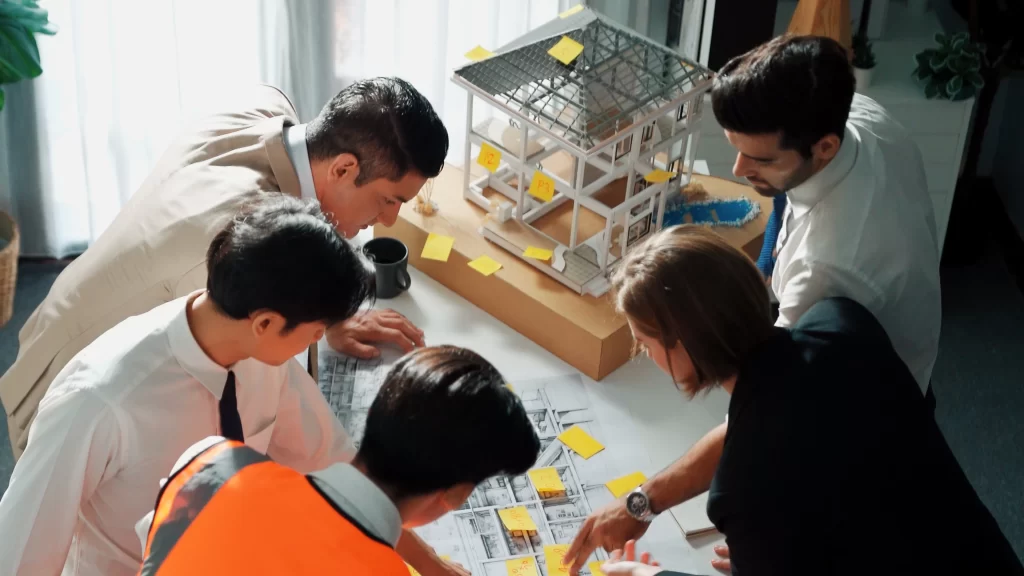
Formwork may not be the sexiest aspect of a building, but it’s fundamental to every floor, every wall, every core. It’s what gives the design physicality and the vision achievable. Developers see it as a last-mile decision too often, but the reality is it’s the first step to build success. In an industry as competitive and high-stakes as construction, smart decisions early on are what makes the difference between a great build and an expensive one.
At Future Form we’ve had experience with the difference early involvement takes and we’re ready to take that value into your next project. Whether your project involves the ground-breaking of a new development in Brisbane, a fresh approach to the inner-Sydney landscape or cutting risk on a Melbourne high-rise, we have the systems, the partnerships and the foresight to help. Now let’s get past the blueprint — together.
References
Australian Building Codes Board. (2023). National Construction Code (NCC). https://www.abcb.gov.au/
Engineers Australia. (2022). Best practice guidelines for formwork design. https://www.engineersaustralia.org.au/
Future Form. (2024). The Langston – Epping project overview. https://futureform.com.au/projects
Infrastructure Australia. (2022). Market capacity report. https://www.infrastructureaustralia.gov.au/
Safe Work Australia. (2021). Construction work: Code of practice. https://www.safeworkaustralia.gov.au/


